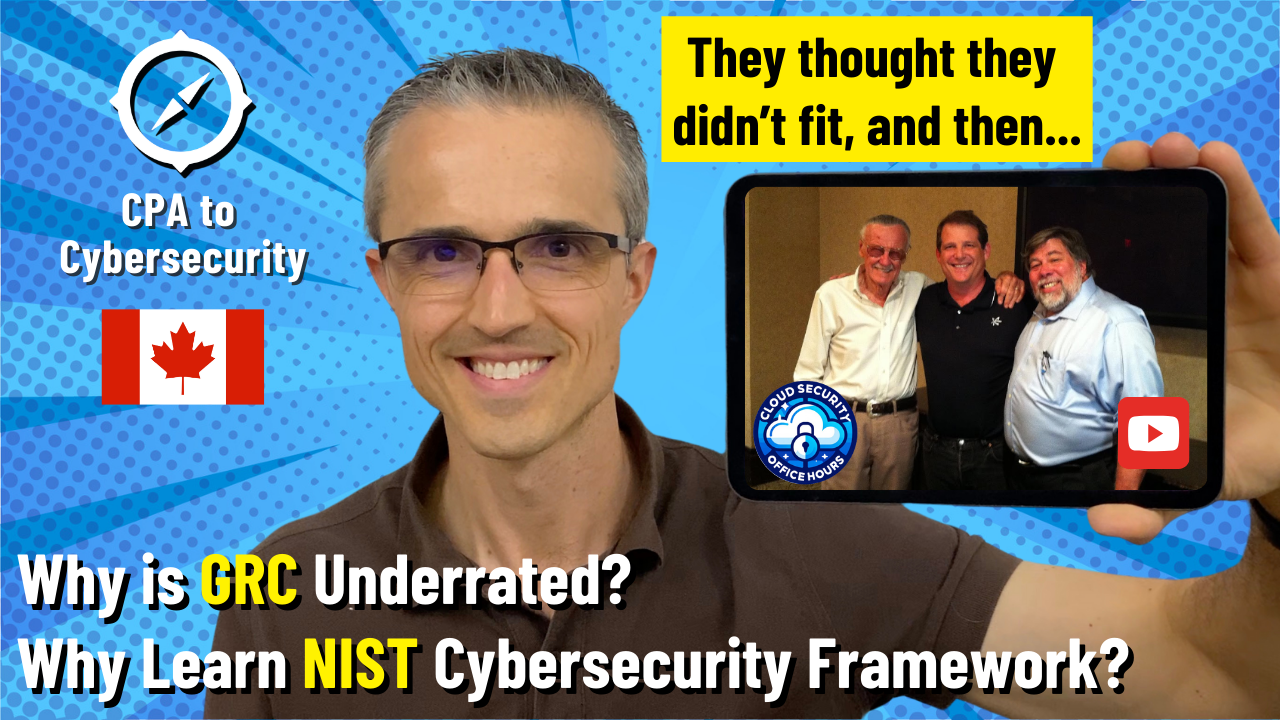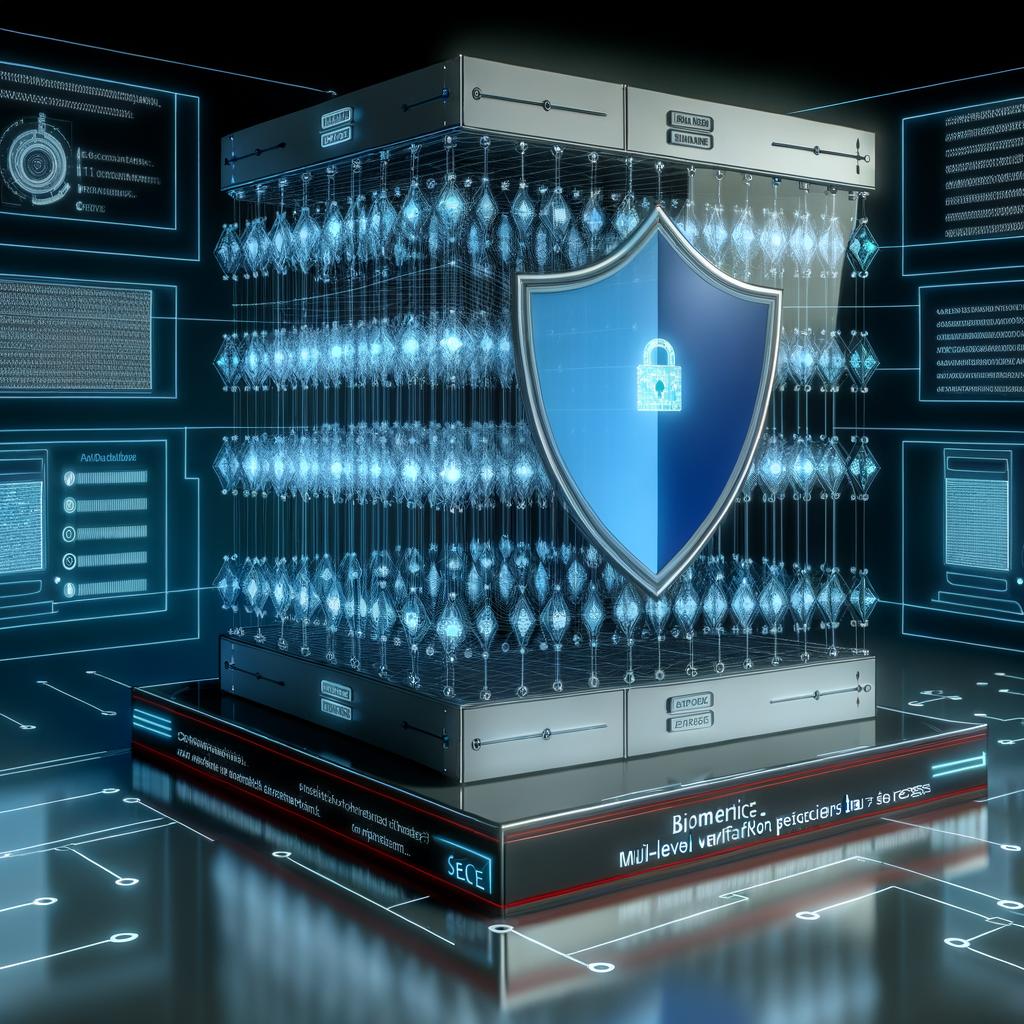Should white hat hackers get paid for finding vulnerabilities?
Doug, our battle-hardened cybersecurity veteran, has seen just about everything. But even he did a double-take when an email landed in his inbox...
4 min read
 Steve McMichael
:
Aug 20, 2024 8:07:25 AM
Steve McMichael
:
Aug 20, 2024 8:07:25 AM


Doug, our battle-hardened cybersecurity veteran, has seen just about everything. But even he did a double-take when an email landed in his inbox...

In the field of cybersecurity, change is the only constant. One only needs to look at how the landscape has evolved over the last 25 years to get a...

1 min read
As quantum computing advances, the cybersecurity landscape faces an unprecedented threat. Quantum computers are on the brink of breaking...